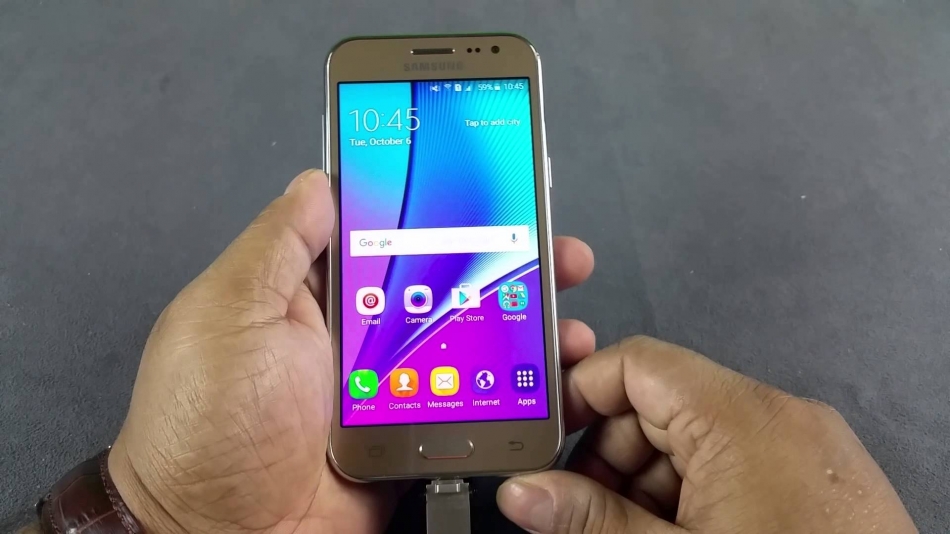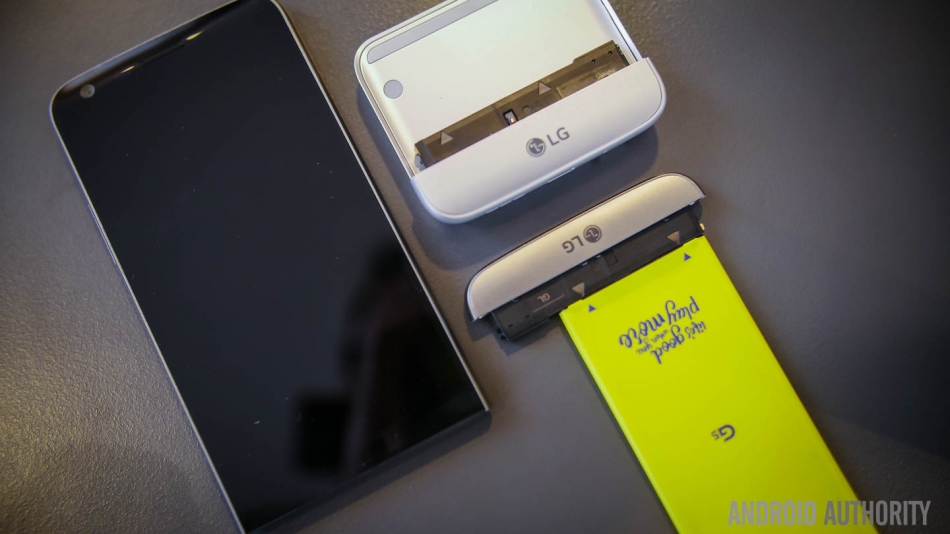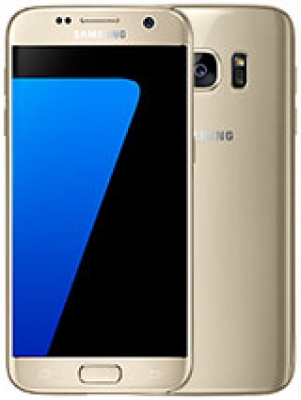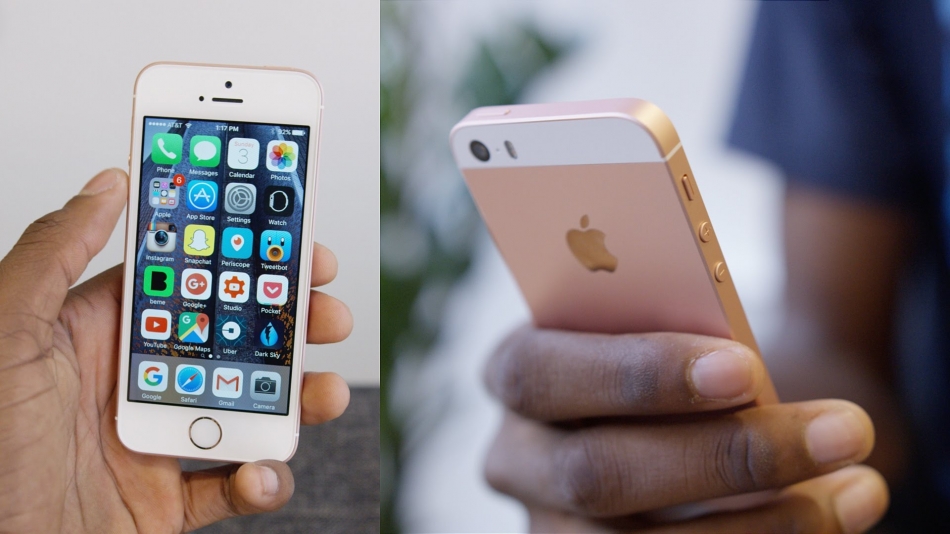
Samsung Galaxy J5 2016 Review
The Samsung Galaxy J5 (2016) is not the smartphone you should buy. It is quite underpowered compared to other offerings in the market, doesn't have a fingerprint sensor, and its pros don't outweigh the cons. The compromise isn't worth Samsung's brand value.
(6 votes)
The Samsung Galaxy J5 is a very important device for Samsung India. The company claims that its J series is the highest selling smartphone series in the country, which means that a lot of its revenues depend on this series, perhaps even more so that the flagship Galaxy S devices. Being a market leader, Samsung fights its battle on two fronts. It has Apple on one side and a sea of Chinese manufacturers on the other. While the Galaxy S flagships tackle the iPhone, The Galaxy J series takes on the aforementioned Chinese players.
The Samsung Galaxy J5 (2016) leads the charge here. At Rs. 13,999, it falls squarely in the most competitive market segment in the country. In many ways, it’s a quintessential Samsung smartphone, but then again, there are questions that need to be answered. The Galaxy J5, on paper, is massively underpowered, and not a worthwhile buy. But specs don’t always translate to user experience, and that’s what I shall yearn to explain, with the Samsung Galaxy J5 (2016) review.
It’s a distinctly Samsung design, this one. The Galaxy J5 has the candy bar design that Samsung built its business on, and one that has often been called boring. But that’s just the looks, and whether you like it or not will differ from person to person. From a build point of view, there’s little to complain about, at least as far as the quality is concerned.
The Galaxy J5 (2016) has a metallic frame, with matte-ish plastic on the back, and it feels well made. There are no noticeable noises or nicks to hinder the design.
The display is easily the strongest aspect of the Galaxy J5. Samsung’s Super AMOLED panel looks colourful and vibrant. Comparing side by side with a Redmi Note 3, the crisp colours and warmth of the J5’s display really pops out. Of course, the Redmi Note 3 is far from the best display in this price bracket. The Moto G4 Plus poses a more realistic threat to the Galaxy J5 in this department, and I still find the Lenovo Zuk Z1 to be the best amongst these devices.
While f/1.9 is an impressive number for a smartphone camera, it’s not the only thing that determines image quality. It allows for a shallow depth of field on the Galaxy J5, but the camera algorithm seems to pump up the ISO in lower light situations. To understand, one must recognise that the aperture, shutter speed and ISO, together determine the amount of light captured.
Conclusion
The Samsung Galaxy J5 has a satisfactory camera, pretty good display, and even passable battery life. For me, though, the performance is an absolute deal breaker, and given its competitors, I can’t recommend the smartphone to any one.




